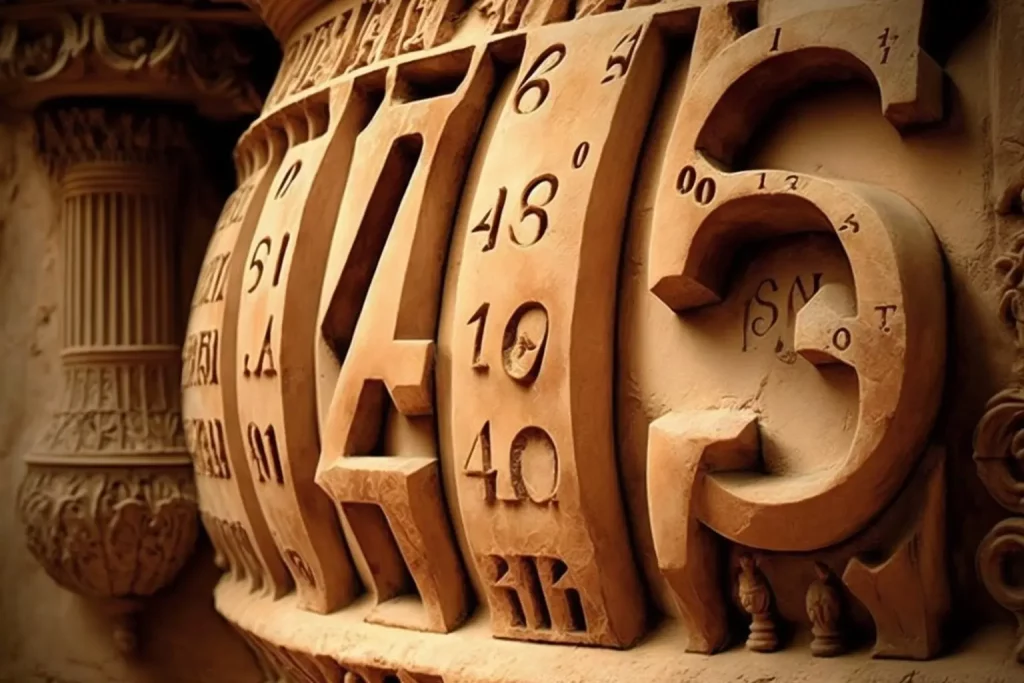Did you know that math is humanity’s first language? But have you ever stopped to think about where math came from? In this article, we’ll take a brief look at the surprising origins of math.
Counting and Number Systems
Let’s start at the beginning. Humans have been counting for thousands of years. The earliest known evidence of counting comes from tally marks found on bones dating back over 35,000 years ago.
As we developed more complex societies, we needed a way to keep track of things like crops, animals, and taxes. This led to the development of number systems, like the Babylonian and Egyptian systems. They used symbols to represent different quantities.
Over time, as societies became more complex, people needed a way to keep track of larger numbers. This led to the development of number systems, which used symbols to represent different quantities.
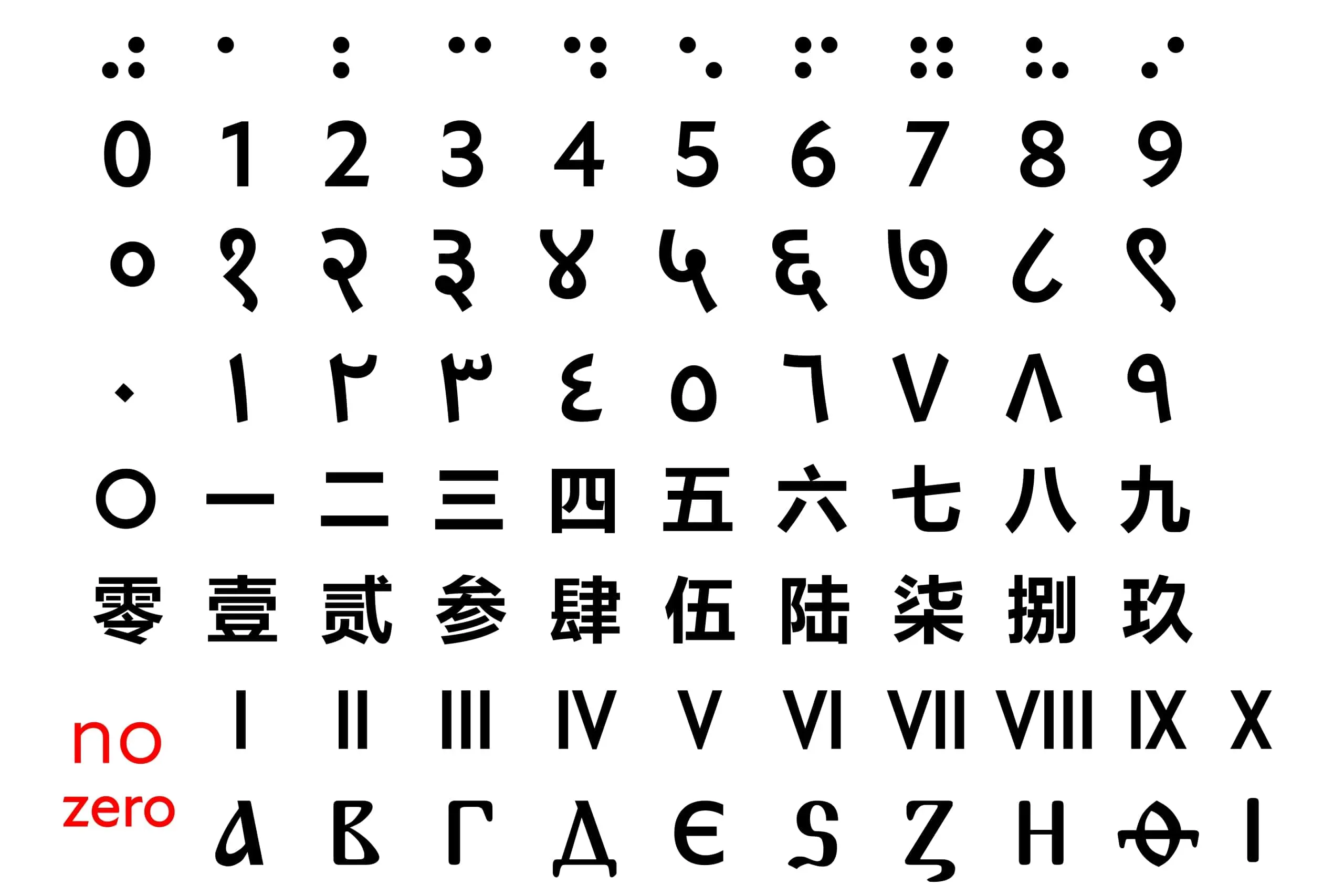
Here are some examples of number systems from around the world:
- Babylonian: The Babylonians used a base-60 number system, which means they had 60 different symbols to represent different quantities. This system is still used today for measuring time (there are 60 seconds in a minute and 60 minutes in an hour).
- Egyptian: The Egyptians used a base-10 system, similar to the one we use today. They had symbols for the numbers 1-9 and then used multiples of 10 (10, 100, 1,000, etc.) to represent larger quantities.
- Roman: The Romans used a system of letters to represent numbers. For example, I = 1, V = 5, X = 10, L = 50, C = 100, D = 500, and M = 1,000. This system is still used today in some contexts, like the Super Bowl (which uses Roman numerals to indicate the year).
- Chinese: The Chinese developed a base-10 system similar to the Egyptians, but with some unique twists. For example, the Chinese symbol for 10 looks like a tally mark, and the symbol for 100 looks like a person.
- Mayan: The Mayans developed a base-20 system, which means they had symbols for the numbers 1-19 and then used multiples of 20 (20, 400, 8,000, etc.) to represent larger quantities.
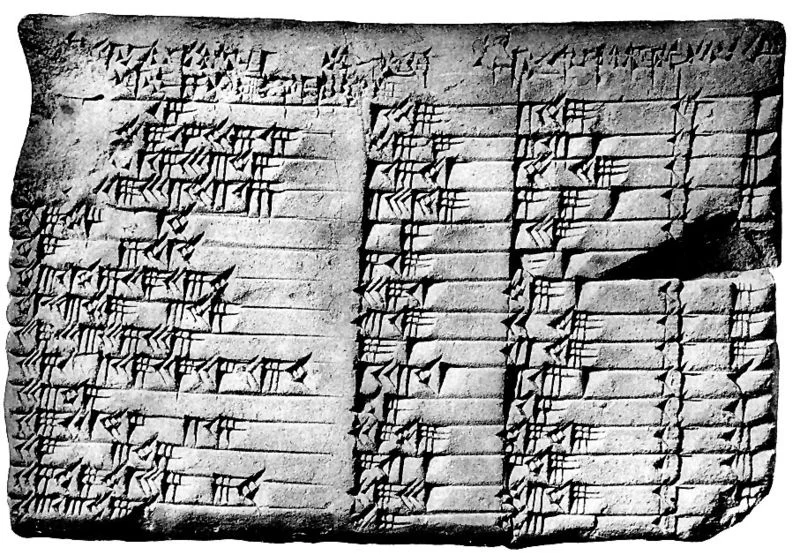
These are just a few examples of the many number systems that have been developed throughout human history. Each system has its own unique features and quirks, but they all share a common goal: to help us understand and quantify the world around us.
Geometry and Navigation
Math wasn’t just used for counting, though. It was also used for geometry and navigation. The ancient Egyptians used geometry to build the pyramids, and the Greeks used it to understand the movements of the stars.
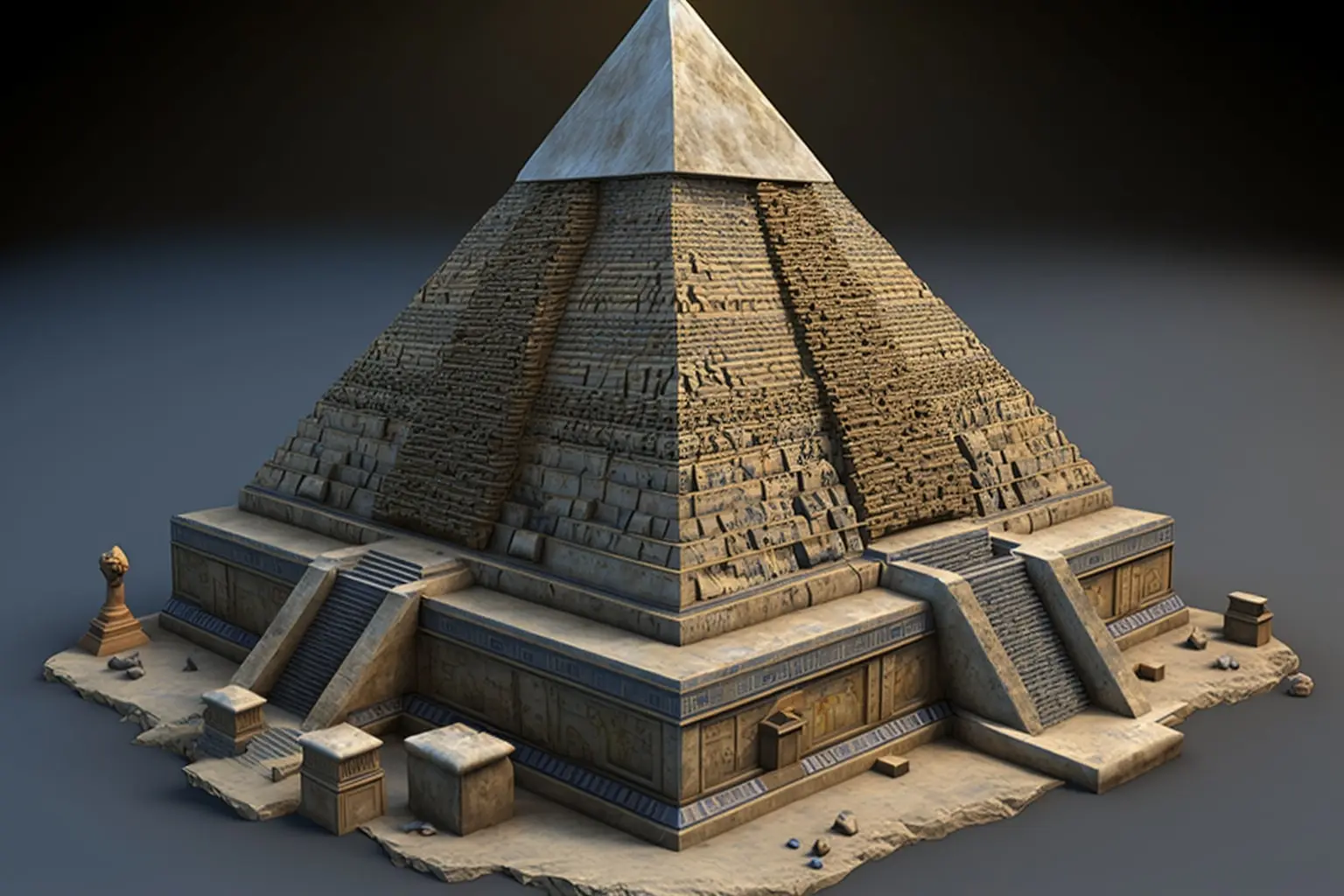
Navigation was also a key use of math, as sailors needed to be able to calculate their position and chart a course.
Geometry is the branch of math that deals with the properties and relationships of points, lines, angles, and shapes. It’s a field that has been studied for thousands of years and has been used in a wide range of applications, from architecture to astronomy.
One of the earliest civilizations to develop a system of geometry was ancient Egypt. The Egyptians used geometry to build the pyramids, using precise measurements and angles to ensure that the structures were stable and symmetrical. They also used geometry to survey the land and to calculate the volume of grain and other commodities.
The ancient Greeks are also well-known for their contributions to geometry. The Greek mathematician Euclid wrote a book called “Elements,” which is still considered one of the most important works in the history of geometry. It laid out a system of axioms and proofs that formed the basis of geometry for centuries to come.
Geometry for navigation
Geometry wasn’t just an abstract field of study, though. It also had practical applications in navigation. Sailors needed to be able to measure angles and distances in order to navigate the open seas. One of the earliest known navigation systems was developed by the Polynesians, who used the stars, waves, and other natural cues to navigate vast distances across the Pacific Ocean.
In the Western world, navigation became a key area of study during the Age of Exploration in the 15th and 16th centuries. Explorers like Christopher Columbus and Vasco da Gama used a combination of astronomy and geometry to chart their courses and find their way to new lands.
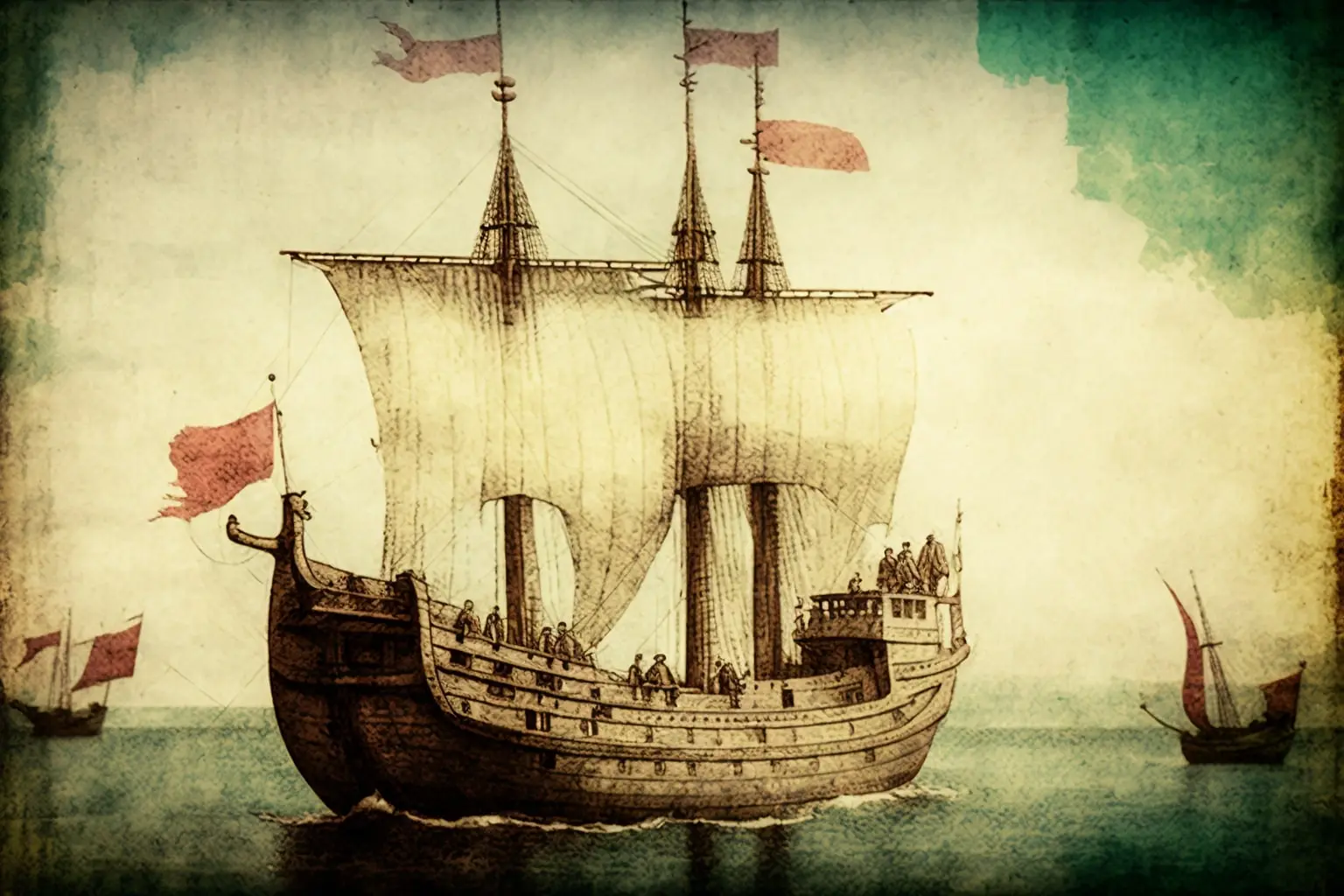
Today, geometry and navigation continue to play important roles in fields like engineering, architecture, and aerospace. They’re also used in modern technologies like GPS and satellite imaging.
Here are some examples of other cultures that made significant contributions to geometry and navigation:
- Arab mathematicians in the Middle Ages developed advanced techniques for measuring angles and calculating distances.
- Chinese mathematicians developed a system of spherical trigonometry, which was used in navigation.
- Inca engineers in South America used geometry to build complex roads and aqueducts.
- The Maya developed a sophisticated system of astronomical observation, which allowed them to track the movements of the planets and stars.
These are just a few examples of the rich and diverse history of geometry and navigation. From the pyramids of Egypt to the modern GPS systems in our cars, these fields have had a profound impact on human civilization.
Algebra and Calculus
Fast forward to the Middle Ages, and math evolved into even more complex forms. Algebra and calculus were developed, laying the groundwork for modern science and engineering.
These new forms of math allowed us to solve complex problems and make precise calculations, which revolutionized fields like astronomy, physics, and engineering.
Algebra:
Algebra is the branch of mathematics that deals with the study of equations and the manipulation of variables. It originated in the Middle East, with the work of mathematicians like al-Khwarizmi and al-Karaji, and was later developed by European mathematicians like Descartes and Newton.
One of the key ideas in algebra is the concept of a variable, which is a quantity that can change or vary. Algebraic equations use variables to represent unknown values, and the goal is often to solve for the value of the variable that makes the equation true.
Algebraic techniques like factoring, simplification, and substitution are used to manipulate equations and solve for variables.
Algebra has many important applications in science and engineering. For example, it is used in physics to describe the behavior of systems, in finance to model the growth of investments, and in cryptography to encrypt and decrypt messages.
Calculus:
Calculus is the branch of mathematics that deals with the study of change and motion. It originated in the 17th century with the work of Isaac Newton and Gottfried Leibniz, who independently developed the fundamental ideas of calculus.
One of the key ideas in calculus is the concept of a derivative, which measures the rate at which a quantity is changing. The derivative is used to study the behavior of functions, and it has many important applications in fields like physics, economics, and engineering.
Another key idea in calculus is the concept of an integral, which is used to find the area under a curve. The integral is used to solve problems like finding the distance traveled by an object, or the total amount of fluid in a tank.
Calculus has many important applications in science and engineering. For example, it is used in physics to study the behavior of objects in motion, in economics to model the behavior of markets, and in computer science to develop algorithms for optimization and machine learning.
In conclusion, algebra and calculus are two branches of mathematics that have had a profound impact on science and engineering. Algebra deals with the study of equations and the manipulation of variables, while calculus deals with the study of change and motion.
Both algebra and calculus have many important applications in fields like physics, economics, and engineering, and they continue to inspire mathematicians and scientists today.
The Universal Language
So, why is math considered humanity’s first language? Because it’s a language that can be understood by anyone, regardless of culture or background.
The laws of mathematics are the same no matter where you go in the world. Whether you’re in China, the United States, or Timbuktu, 2 + 2 will always equal 4.
Conclusion
In conclusion, math is a language that has been with us since the beginning of human civilization. From simple tally marks to complex calculus equations, math has played a vital role in shaping our world.
As a mechanical engineer, I can’t imagine doing my job without it. So the next time you’re doing a math problem, take a moment to appreciate the rich history and surprising origins of this fascinating language.
Reference:
Numeral System – Wikipedia. Link
Scientific American Blog Network. Link

